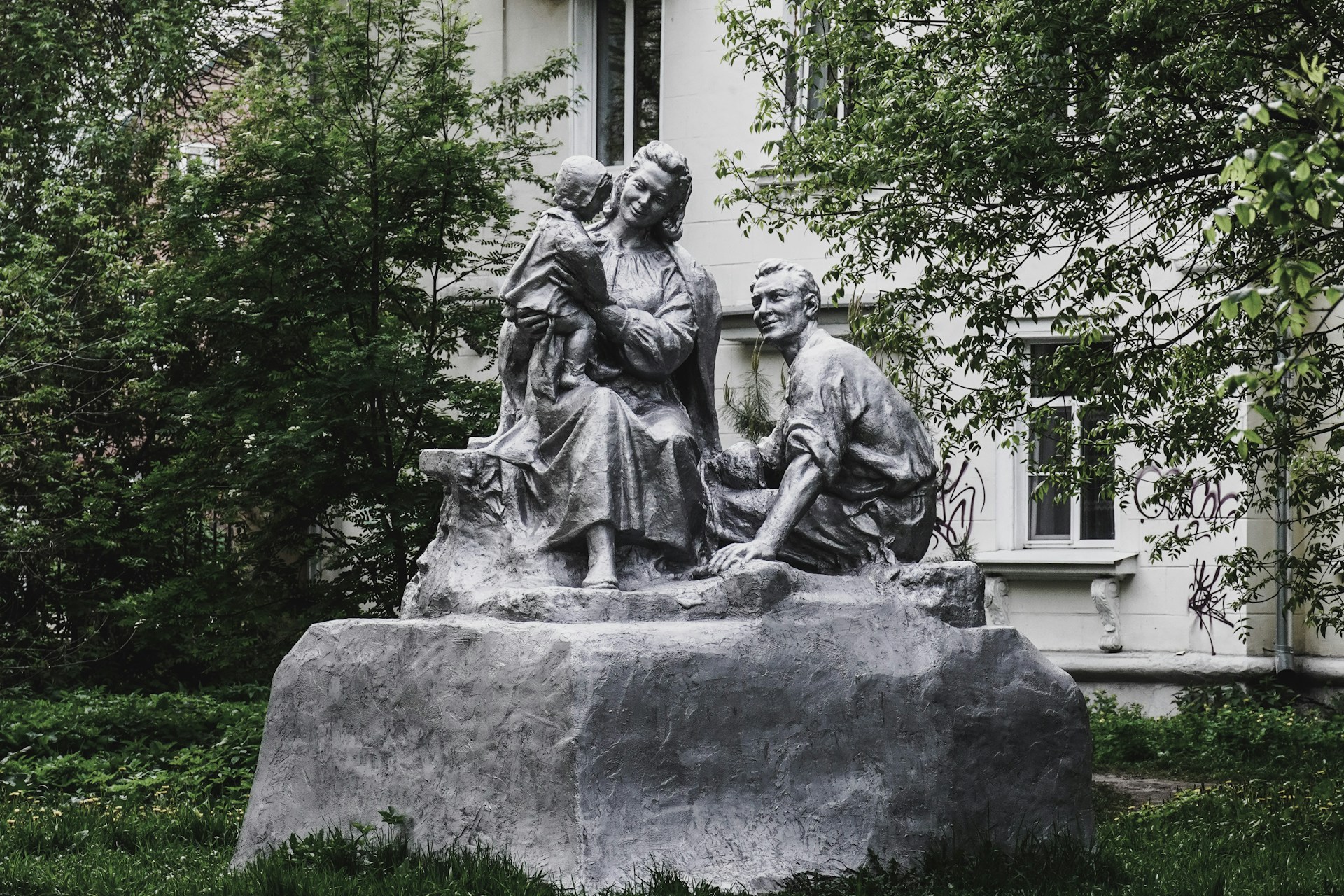Every so often, the necessity arises to move large outdoor sculptures, whether for exhibitions, relocation, refurbishment, or public safety reasons. These colossal works of art often hold high cultural significance, and their safe transportation is paramount. In the United Kingdom, the risk of damage to these sculptures during a move can be quite high due to various factors including the often unpredictable weather conditions. Therefore, meticulous planning and execution are critical to ensure successful results.
Determining the Risk Factors
The first step to manage the risk of damage to large outdoor sculptures during a move is to determine the risk factors involved. Whether it’s the sculpture’s size, weight, material, or its exposure to elements, each factor plays a pivotal role in determining the right course of action for its safe transportation.
Avez-vous vu cela : Discovering digital nomad communities in vibrant lisbon
The load that the sculpture will exert on its transportation medium is a significant risk factor. If the sculpture is too heavy, it can cause a structural failure during transit. Likewise, the sculpture’s dimensions can pose challenges in manoeuvring it through tight spaces.
Environmental factors like water and wind can also contribute to the risks. For example, a sudden downpour can make handling the sculpture difficult, increasing the chances of a fall or injury. Similarly, strong winds can destabilize the sculpture, creating a safety hazard.
Cela peut vous intéresser : How can you efficiently organize and pack a wardrobe of delicate vintage clothing for a UK move?
Health and Safety Assessment
One cannot underestimate the value of a rigorous health and safety assessment before initiating the move. This involves evaluating the level of potential risk to the public and the workers involved in the transport.
A comprehensive safety assessment includes understanding the structural integrity of the sculpture, identifying any potential weak points that could lead to a collapse or fall. It’s also necessary to assess the route the sculpture will take during the move, noting any possible obstructions or hazards that could pose a risk.
Noise levels should also be considered, as high decibel levels during the move could lead to hearing damage for the workers involved. Thus, providing appropriate personal protective equipment such as earplugs is essential.
Implementing Control Measures
Once the potential risks are identified, you need to implement appropriate control measures. These measures aim to minimize the likelihood of any damage or loss during the move.
Consider the sculpture’s load bearing capacity and ensure that it is safely secured on a platform that can comfortably bear its weight. Use of padding, straps, and other protective materials can help prevent any possible impact damage during the move.
When it comes to environmental factors, keeping an eye on the weather forecast is crucial. Plan the move during a time when the weather is predicted to be calm and dry.
It is essential to provide clear communication and guidance to everyone involved in the move. This includes detailed instructions on handling the sculpture, emergency procedures in case of an incident, and ensuring everyone is aware of their individual responsibilities.
Monitoring and Reviewing the Process
As the sculpture is in transit, it is crucial to monitor the process closely and review everything at each step. Regularly check on the sculpture’s condition and the safety of the workers.
Ensure that the sculpture is secure at all times and that the route is clear of any obstacles. If any issues arise during transit, halt the move immediately and reassess the situation.
Keeping accurate records of the move is also beneficial for reviewing the process later. These records include the initial risk assessment, details of the control measures implemented, any incidents that occurred, and steps taken to rectify them.
Aftercare and Maintenance
Finally, once the sculpture has been successfully moved, it is critical to ensure its continued safety and preservation. Often, the stress of moving can lead to unseen damages in the sculpture, which may not be immediately apparent. Therefore, conducting a thorough inspection of the sculpture after the move is vital to identify any potential issues.
Regular maintenance and cleaning are required to keep the sculpture in good condition and to prevent any future damage. It might also be worth considering insurance coverage for the sculpture to protect against potential future risks.
The Role of Risk Management in Outdoor Sculpture Relocations
Risk management plays an integral role in the relocation of large outdoor sculptures, whether it’s in the United Kingdom or the United States. Various institutions like the British Museum, professionals involved in the art industry, and health safety organizations recognize the importance of this process.
To begin with, a comprehensive risk assessment is performed. This includes a thorough inspection of the sculpture, evaluation of the load bearing capacity, and understanding the sculpture’s sensitivity to environmental factors like surface water and relative humidity.
The sculpture’s material is also taken into account. For instance, bronze sculptures could be at high risk of corrosion due to exposure to certain elements during the move. If the sculpture is made of stone, there is a risk of chipping or cracking.
Furthermore, the assessment also focuses on the route for the move. Professionals need to consider the size and weight of the sculpture while mapping the route, as this can influence the mode of transportation used. It should also account for pushing or pulling forces that might be needed to manoeuvre the sculpture safely.
The risk of injury to the personnel involved in the move is another vital aspect. They could be exposed to high frequency noise induced by machinery used in the move, leading to potential hearing loss. Thus, a proper hazard analysis is done to ensure their safety.
All these factors contribute to the formulation of an effective risk management strategy that will help prevent loss or damage during the move.
The Importance of Long-term Planning and Evaluation
Moving a large outdoor sculpture is not a one-day task. It requires long term planning, implementation, and evaluation. Therefore, the process involves several stages, each equally important to ensure the sculpture’s safe relocation.
Once the risk factors are identified and assessed, a detailed plan is formulated. This strategy includes implementing control measures such as using protective materials, planning the move during favourable weather conditions, and providing clear instructions to all personnel involved. The plan also focuses on creating a safe environment that minimizes the risk of injuries.
The process doesn’t end with the successful relocation of the sculpture. Aftercare and maintenance play a significant role in ensuring the sculpture’s preservation in its new location. This involves conducting a thorough inspection to identify any potential damage caused during the move and addressing it promptly.
Moreover, continuous monitoring and reviewing of the process are crucial factors in risk management. Keeping accurate records, documenting incidents, and evaluating the effectiveness of the control measures implemented can help in making any necessary adjustments in future moves.
In conclusion, managing the risk of damage to large outdoor sculptures during a move involves a comprehensive series of steps, including risk assessment, implementation of control measures, continuous monitoring, and long-term maintenance. By adhering to these steps, we can ensure the safe and efficient relocation of these culturally significant works of art.










